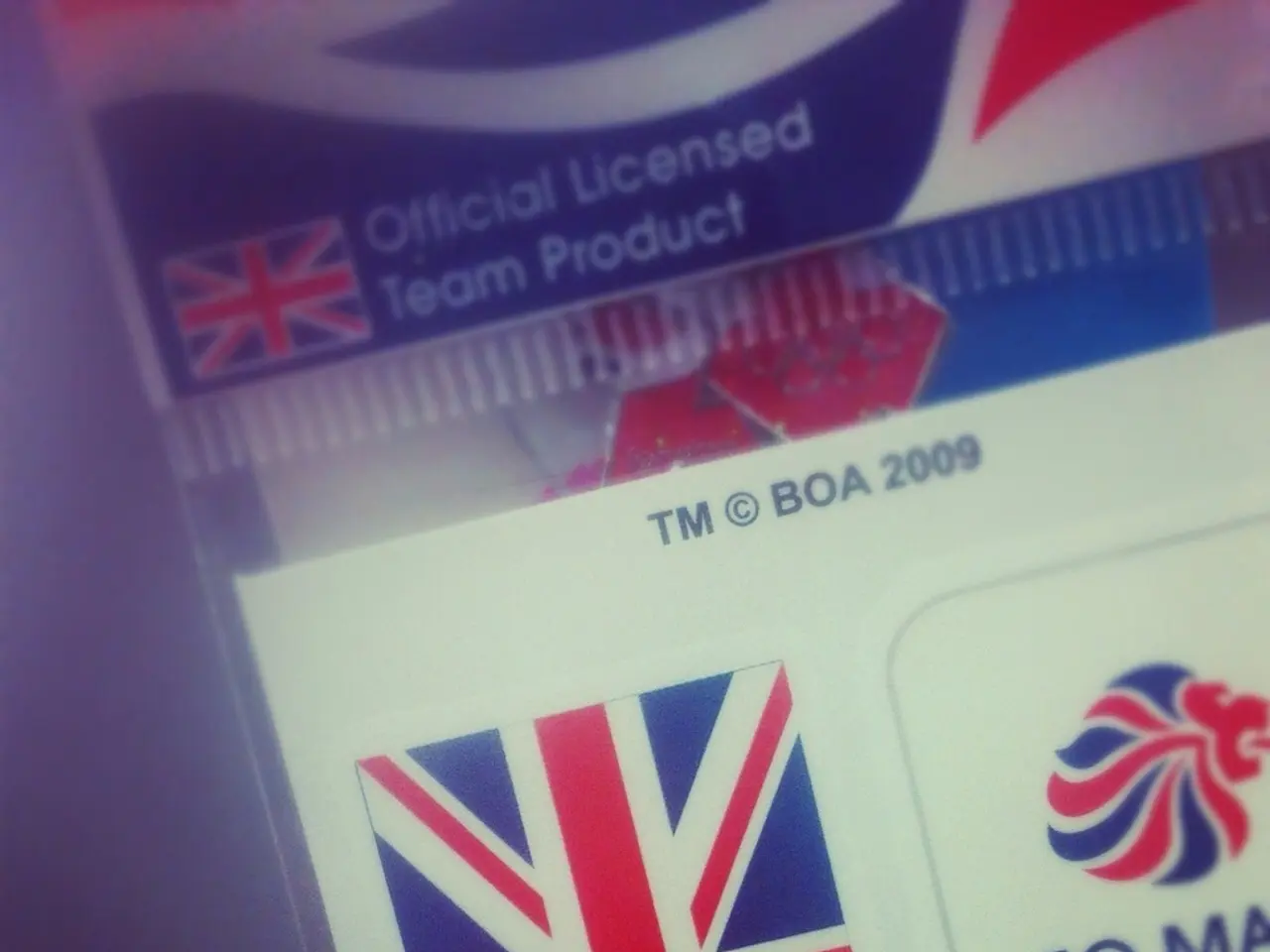Is Service-Oriented Architecture Essential for the Year 2025?
In our tech-driven world, corporations grapple with the intricacies of their IT systems, dealing with everything from outdated legacies to swiftly evolving SaaS platforms. And one common approach to tackle these complexities is known as service-oriented architecture (SOA).
This powerful design methodology simplifies and streamlines digital ecosystems by breaking them down into independent, modular services. But what exactly is SOA, and what's under the hood? Let's delve into the fundamentals of this cutting-edge strategy and uncover the perks it offers organizations.
So, What's an SOA, Anyways?
In essence, SOA is a software design approach that organizes applications around reusable, self-contained services. These services connect via standard communication protocols such as SOAP, executing specific business functions.
In layman's terms, SOA promotes versatility, scalability, and modularity by empowering developers to work independently on creating, testing, and deploying individual services. Applications then interact with these services through predefined interfaces, reducing dependencies on the nitty-gritty details of each service.
Core Principles of SOA
Service Contracts
At the heart of every SOA service stands a formal contract. This contract insistently outlines the functionality and interactions of the service to ensure service consumers always know what to expect. Usually, service contracts are documented using formats like WSDL (Web Services Description Language).
Loose Coupling
Services in SOA aim to communicate with each other smoothly through well-defined interfaces. This minimizes dependencies, such that whenever a service changes its logic, other services consuming it won't need alterations — promoting graceful scalability and adaptability.
Abstraction
Abstraction in SOA simplifies services by hiding intricate implementation details. As a result, consumers maintain focus on the contract definition and interaction rather than the guts of the service.
Reusability
Services are designed with a generic, modular mindset to be leveraged across multiple applications or business processes. Instead of recreating functions for each system, SOA services encapsulate specific prescient business logic.
Autonomy
Services in SOA run their operations and data management independently, without relying on or sharing internal data with other services—ensuring they can efficiently thrive without the risk of disruptive interference from other services.
Discoverability
Services in SOA are easily identifiable through service registries or metadata documents, facilitating developer access and integration—crucial for expediting project progress.
Composability
SOA services can be seamlessly combined to create complex functions or operations. This composability allows developers to build flexible, scalable, and adaptable systems that evolve harmoniously with time.
Uncovering the Components of an SOA
Now that you have a grasp of SOA's principles, let's delve into the components that make it tick:
| Component | Description || --- | --- || Service | Small, independent units of software offering specific functionalities. || Consumer | Apps or programs that make use of the service. || Service Provider | Entities responsible for creating and managing the service. || Service Broker | An intermediary hub that facilitates communication between services and consumers, helping manage everything from service discovery to security. || Service Registry/Repository | Dynamic storage of service metadata, facilitating quick service discovery and integration. || Registry/Repository Protocol | Rules governing how services and their metadata are exchanged with registry/repository systems. || Transport Protocol | Rules dictating how data is exchanged between services over a network. |
Dive into How SOA Functions
The beauty of SOA lies in its simple yet effective workflow. When a consumer requires a service, it communicates its needs to the service provider, which processes the request and sends back a response.
The nuts and bolts of this interaction are powered by communication protocols, which detail the ground rules for data transmission over a network. Developers can employ multiple protocols in a single SOA implementation, depending on their needs and preferences.
Pros and Cons of SOA
Every technology has its advantages and drawbacks. Here's a quick rundown of what you stand to gain — or lose — with SOA:
| Advantage | Description || --- | --- || Reusability | Services can be leveraged across multiple applications, reducing development time. || Service Discoverability | Easily locate and integrate both external and internal services using service registries or metadata documents. || Adaptable Interfaces | LOB (Line of Business)-centric interfaces enable more effective, straightforward service-to-service communication. || Scalability | LOB-centric interfaces also promote easy integration with existing systems, allowing SOA apps to scale seamlessly. |
| Disadvantage | Description || --- | --- || Upfront Costs | Building an effective SOA can be expensive, as it demands precise design and architectural considerations. || Vendor Lock-in | Dependency on a specific vendor's proprietary solutions can limit flexibility down the road. || Complexity | Building, managing, and maintaining an SOA involves intricate processes and significant staffing requirements. || Downtime | Service downtime can lead to disrupted application functionality and potential business losses. |
Can SOA Foster Automation?
Not in and of itself, but SOA supplies a robust foundation for automation by supporting reusable, easily-integrated services. This means you can expose AI models or functionalities as services, such as predictive analytics, NLG (Natural Language Generation), and NLP (Natural Language Processing).
In essence, SOA is an excellent tool to facilitate the automation of your business processes—streamlining operations, reducing costs, and enhancing overall efficiency.
So there you have it: a deep dive into the intricacies of SOA and the value it brings to modern businesses. Embrace this adaptive and effective approach, and watch your organization thrive in the ever-evolving tech landscape.
An SOA (Service-Orientated Architecture) is a strategy in data-and-cloud-computing technology that organizes applications around reusable, self-contained services that perform specific business functions. These services adhere to standard communication protocols like SOAP, and they promote versatility, scalability, and modularity by allowing developers to work independently on creating, testing, and deploying individual services.
Core principles of SOA include service contracts, which outline the functionality and interactions of the service, loose coupling for smooth service communication, abstraction to hide complex implementation details, reusability to encapsulate specific prescient business logic, autonomy to ensure each service operates independently, discoverability for easy service identification, and composability to seamlessly combine services and create complex functions.




